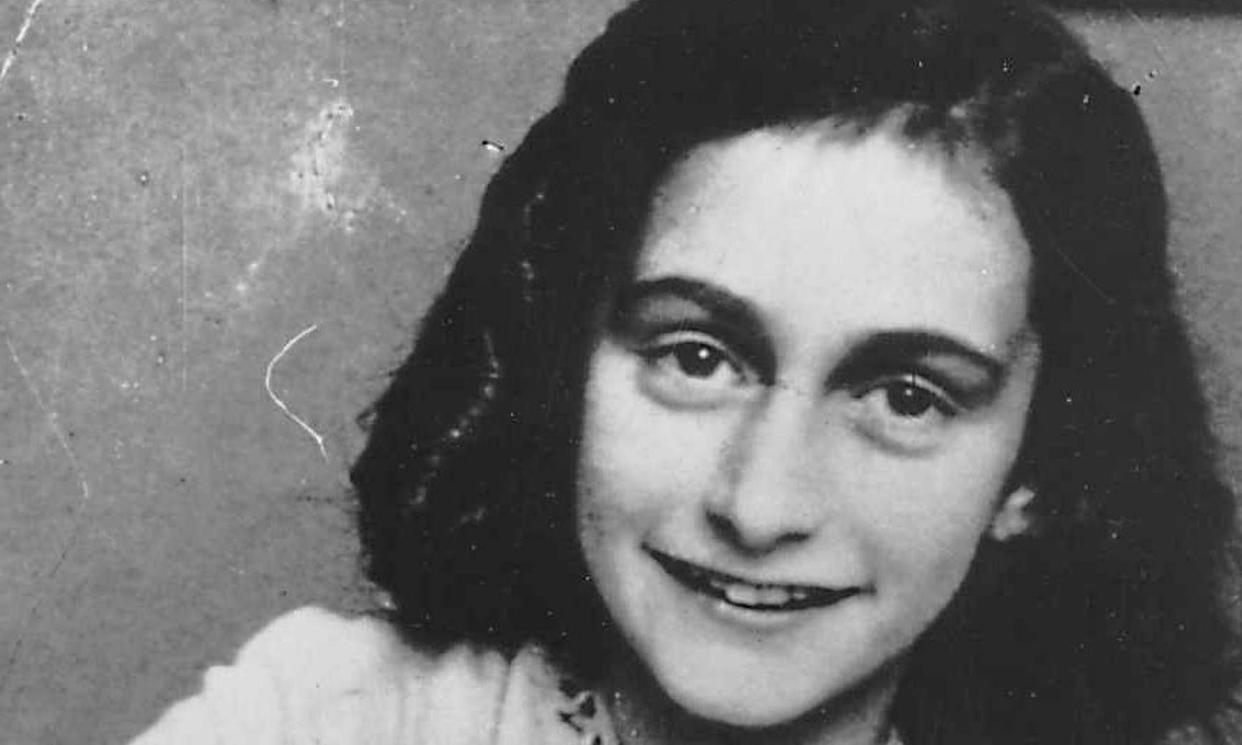Amsterdam to mark role of tram system in transportation of Jews to death camps

On 8 August 1944, an Amsterdam tram took Anne Frank from Weteringschans prison, past the “secret annexe” where she had hidden from the Nazis, on the start of a journey to her death.
It was one of a series of Dutch night trams that deported 48,000 Jewish Amsterdammers during the Holocaust, trams commissioned by the Nazis and paid for with the Jewish wealth they stole.
Two weeks after the release of a documentary by the Emmy award-winning film director Willy Lindwer, showing the complicity of the city’s transport service, Amsterdam has announced it will mark the network’s role in the Holocaust with memorial boards at key stations.
In Lindwer’s film, Lost City, which has been subtitled in English, Lindwer and the author Guus Luijters ride a historic tram 8 around the city, interviewing Holocaust survivors about the role of trams in carrying away 48,000 of the 63,000 Jewish Amsterdammers who were murdered.
Related: ‘You cannot look away’: Amsterdam Holocaust museum opens amid protests
“This is very emotional for me,” said Lindwer. “The tram played a terrible role in the war years as the first deportation route for Jews from Amsterdam. When I discovered the Amsterdam tram had played such a large and systematic role, it was shocking. This is a first step, and it comes at a very important moment of … an enormous rise in the number of antisemitic incidents.”
Line 8 was scrapped after the second world war, but until now there has been no official apology to a Jewish population that once numbered 80,000.
The film also reveals evidence that for two years a debt agency was employed to get back the 80 guilders for Frank’s last tram journey.
According to the documentary, records show the municipal transport company hired a debt collector because it “never received payment for the deportation by tram of Anne Frank and her family”. . Documents from the Amsterdam archives reveal that the GVB tram company sent detailed bills to the Zentralstelle für jüdische Auswanderung Auswanderung, which organised the deportation of Jewish people, but it is unclear who it was pursuing after the war.
The Netherlands has the worst record in western Europe for the murder of three-quarters of its Jewish population during the second world war, a history the country is only now processing. Salo Muller, a Holocaust survivor, received €50m (£43m) in group compensation from the Dutch NS railway for profiting from transporting Jewish people to their deaths.
Since the launch of Lindwer’s film, Amsterdam has announced, 80 years after the second world war, that there is a “historic and moral responsibility to account for the cooperation of the municipal tram in deporting Amsterdam Jews”, while the GVB tram service has expressed “heartfelt and sincere regret”.
Permanent memorials will go up at Beethovenstraat and Victorieplein stops, and at Plantage Middenlaan, where a Holocaust Museum opened this month.
Amsterdam is also paying €100,000 to the Centraal Joods Overleg Jewish organisation, in an initial recognition of the amount – equivalent to €61,000 – the city charged for the tram tickets. Compensation is expected to follow after an official study on the role of the city in collaborating with the Nazis later this year.


